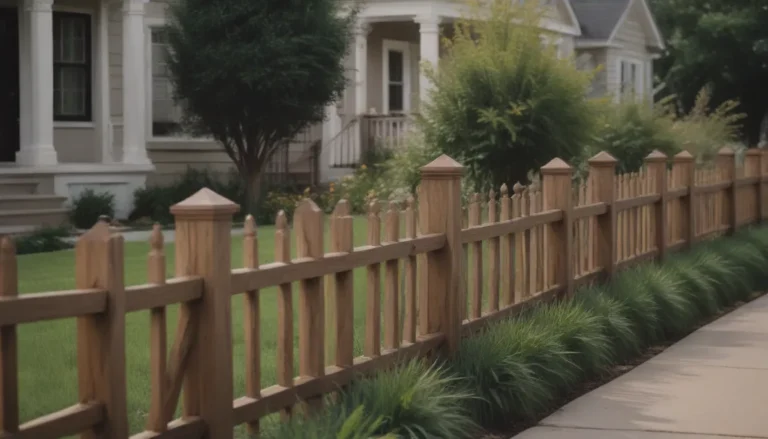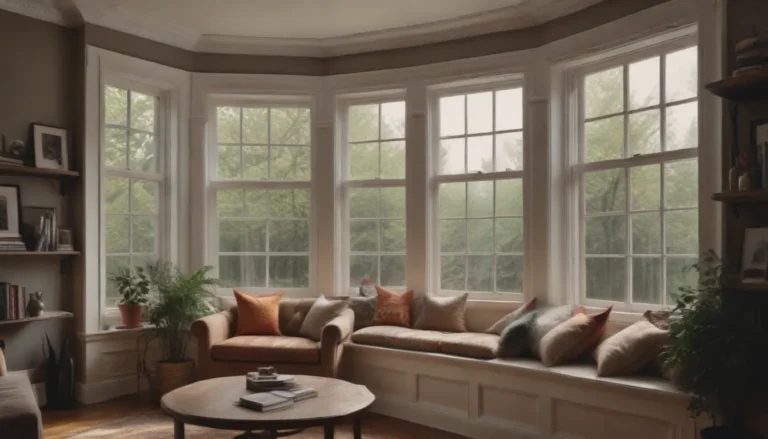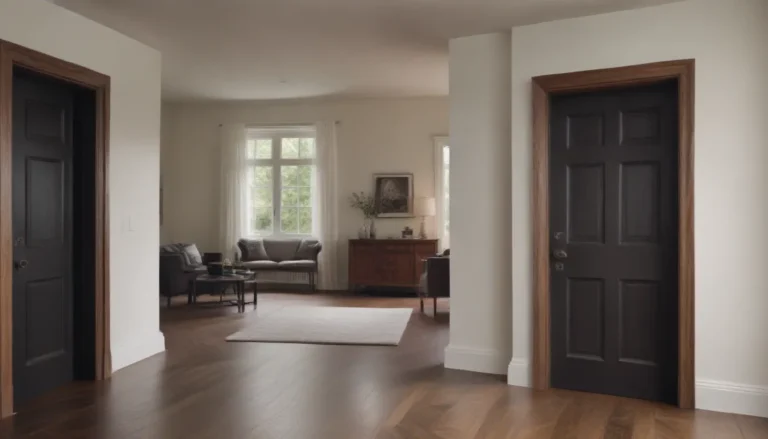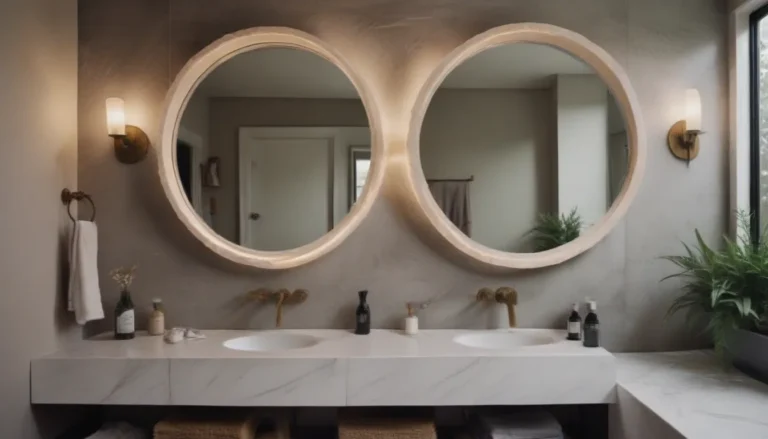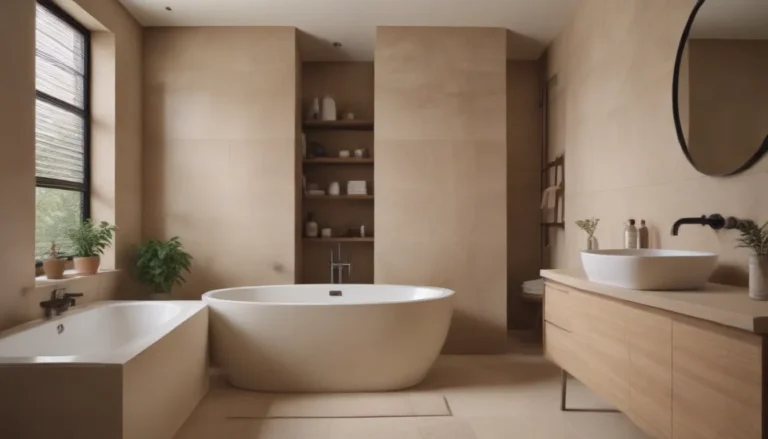Exploring the Influence and Legacy of Bauhaus Design

Are you intrigued by the sleek, minimalist look of Bauhaus design? Wondering what exactly defines this influential style and how it continues to shape contemporary design trends? Dive into the world of Bauhaus with us as we uncover the history, key characteristics, and famous examples of this iconic design movement.
Unpacking the History of Bauhaus Design
The Bauhaus movement, a radical design and architecture movement, emerged in Germany from 1917 to 1933. Founded by architect Walter Gropius in 1919, the Bauhaus school aimed to create a unified work of art that synthesized different art forms into one cohesive vision. This concept, known as Gesamtkunstwerk, or the “total work of art,” sought to revolutionize design in the aftermath of World War I.
Despite being shut down by the Nazis in 1933, the Bauhaus spirit endured as its prominent designers spread its influence across the globe. From Western Europe to the U.S. and Canada to Israel, Bauhaus became an international movement that shaped the development of modernism in the mid-20th century. Even today, Bauhaus continues to inspire designers, with its legacy evident in iconic products like Apple’s minimalist aesthetics.
Exploring Key Characteristics of Bauhaus Design
Bauhaus design is characterized by its rational, functional approach that emphasizes simplicity and utility. Here are some key characteristics that define Bauhaus style:
- Clean lines and geometric shapes
- Minimalist color palette with emphasis on primary colors
- Focus on functionality and practicality
- Use of modern materials like steel and glass
- Emphasis on mass production and industrialization
These features contribute to the timeless elegance and streamlined appearance of Bauhaus-style furniture and design objects, making them versatile additions to various interior styles.
Incorporating Bauhaus Design Tips into Your Space
Looking to infuse your space with a touch of Bauhaus elegance? Here are some tips to incorporate Bauhaus design elements into your interiors:
- Choose iconic Bauhaus furniture pieces like the Barcelona Chair or Wassily Chair for a touch of classic elegance.
- Experiment with primary colors like red, yellow, and blue as accent hues in your decor.
- Display vintage or reproduction Bauhaus posters featuring geometric graphics for a nod to the era’s style.
- Mix Bauhaus pieces with contemporary, vintage, or antique items for a timeless look that blends different periods seamlessly.
By blending Bauhaus elements with your existing decor, you can create a space that exudes sophistication and modernity.
Famous Examples of Bauhaus Design
One of the most famous examples of Bauhaus design is the Wassily Chair, designed by architect Marcel Breuer in 1928. Inspired by the tubular metal frame of a bicycle, this iconic chair epitomizes the Bauhaus style with its sleek lines and innovative use of materials. Still popular today, the Wassily Chair showcases the enduring appeal of Bauhaus design in the modern era.
The Enduring Impact of Bauhaus Design
While the original Bauhaus school may have been short-lived, its influence continues to resonate in the world of design. From iconic furniture pieces to minimalist aesthetics, Bauhaus has left an indelible mark on the industry. As we continue to draw inspiration from its principles of form follows function and less is more, Bauhaus design remains a timeless and relevant source of creativity.
In conclusion, Bauhaus design encapsulates a revolutionary approach to art and architecture that has transcended generations. By exploring the history, key characteristics, and famous examples of this iconic style, we can gain a deeper appreciation for its impact on contemporary design. Whether you’re a design enthusiast or simply curious about the evolution of design movements, Bauhaus offers a compelling narrative of innovation and creativity that continues to shape our world today.
